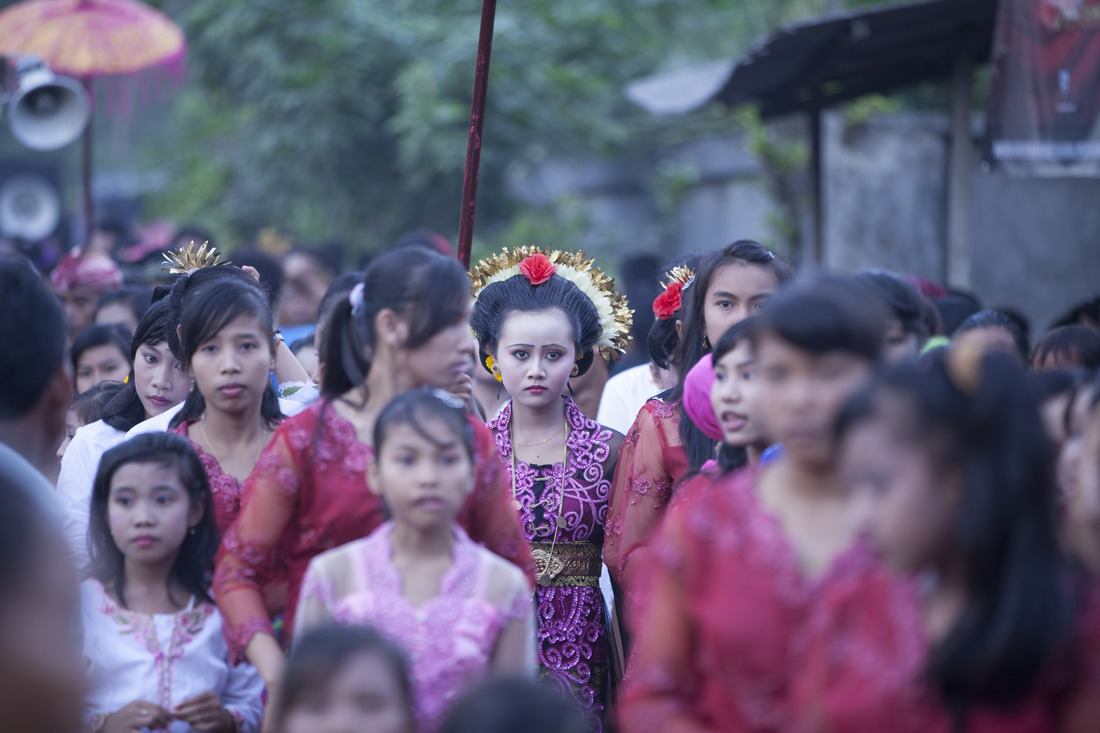Public Relations Strategy to Combat Child Marriage issue in Indonesia

Story of Fatma
In Bone, the second largest district in South Sulawesi, child marriage is even more prevalent compared to other regions in Indonesia. Deep-rooted traditions and close relationships between families, especially among parents, contributed to the high number. “There is pressure from parents,” said Aminuddin, a part-time counseling teacher at Fatma’s junior secondary school. “There’s also that strong culture of wanting to keep things harmonious. When someone comes to propose, the family feels that it’s rude to refuse.” Economic factors also play a part. Fatma’s family is just one of many other families whose livelihoods depend on the annual corn harvest. They needed to take up other jobs to meet daily necessities, and even more so after the pandemic hit. Meanwhile, the amount of dowry offered by the suitor’s family was substantially higher than the average annual income of the families in the village.

Public Relations Strategies and Preparedness
In order to prevent an increase in the number of child marriages, this issue could be prevented by doing, embellishing yet promoting education to give girls much more control over their own lives and their prospects. However, in diverse countries such as Armenia, Turkey, Bosnia, and more they gave different treatments and steps to prevent child marriage, which they support hotlines and referrals services that offer support directly to girls.
- Pre Crisis Phase:
factors: poverty, insecurity, gender inequality, increased risks of sexual and gender-based violence, breakdown of rule of law and state authority, and lack of access to education, among others.
- Crisis:
child marriage remains homework for Indonesia as part of the 2030 Sustainable Development Goals. Education is a strategy that has proven to be successful in reducing the number of child marriages globally.
- Post Crisis:
UNICEF-BPS report finds that the trend is stagnant and the numbers have only decreased by seven percent in the last seven years. Currently, the number of child marriages in Indonesia remains among the highest in the East Asia and Pacific region.
Specific Measures and Public Relations
- Key Publics
To ensure the success of this movement against child marriage in Indonesia, UNICEF provides an initiative called Life Skills Education while also collaborating with UNFPA (Canadian Government) and National Development Planning Agency (Bappenas, from Indonesia). UNICEF also reaching out to the local government in Bone, the developing of planning agency, to join and support the program.
- Key Messages:
“By working together to keep girls in school and out of marriage, we can create a world where girls and women are empowered and in charge of their life.”
- Communication Channel:
- Social Media
- Press Conference
- Webinar
- Rural Educational Program
Post Crisis Measure
- Prevention:
- Conducting life skills education (communication skills, problem-solving, critical thinking, assertiveness, negotiation skills, etc.) for children and young people;
- Ensuring that children who will be involved in the policy-making process are equipped with knowledge about child marriage issues.
- Strengthening the role and capacity of peers in preventing child marriage.
- Changes in values, norms, and perspectives on child marriage; and
- Strengthening the role of parents in protecting children.
- Intervention:
- Upstream:
regulatory changes through tiered advocacy to prevent child marriage, the
establishment of a referral system and commitments at all levels of government, and the provision of comprehensive reproductive and sexual health services.
- Downstream:
target changes in the attitudes of parents, children and the community towards child marriage issues, as well as foster new narratives related to child marriage. This intervention will also emphasize the family’s obligation to ensure that children grow and develop their fullest potential, interests and talents.
From: Crisis Communication and Media Relations Course
Student’s work: Creating Crisis Management Strategies for different crisis situations
Editor: Annapurna Sinha, PhD.

